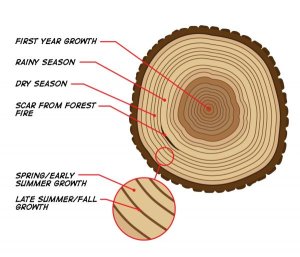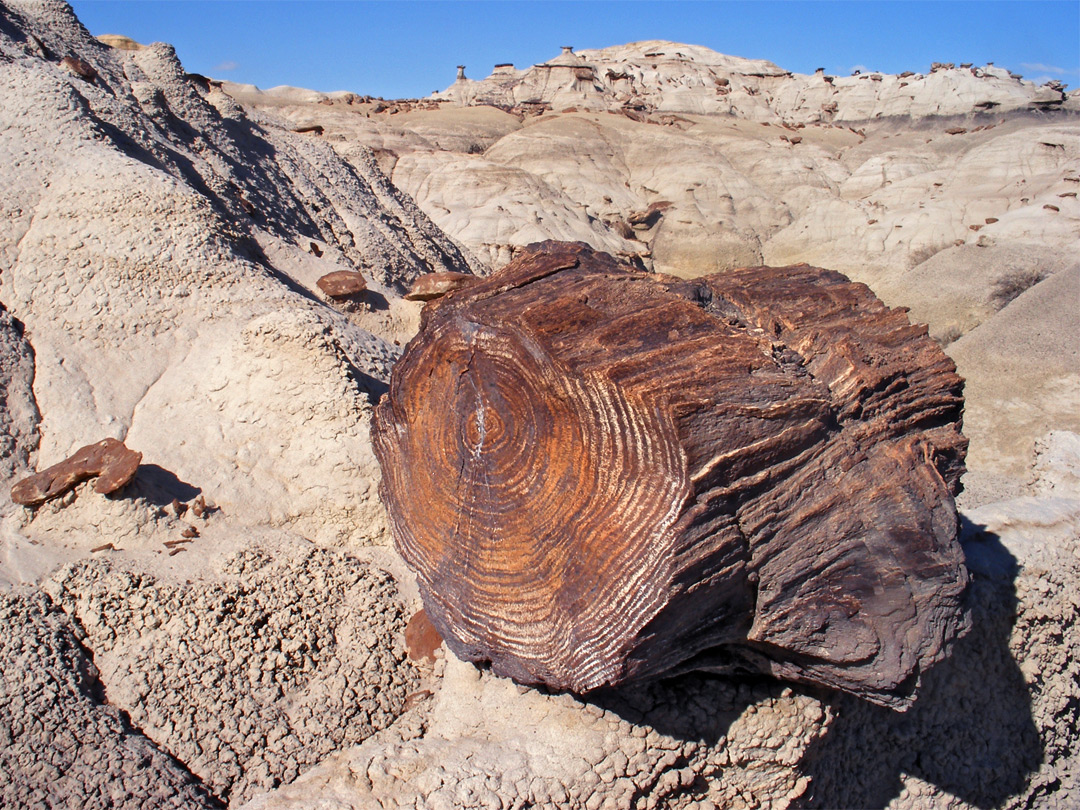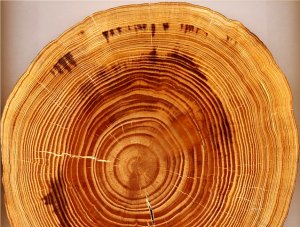CeeCee
Well-known Member
- Location
- Monterey Peninsula California
Debated whether this belonged here, or in the thread, "When you Have too much Time on your Hands."

/https://public-media.smithsonianmag.com/filer/ATM-Jefferson-Bible-631.jpg)
In your link it says..."... He titled his volume The Life and Morals of Jesus of Nazareth; it has become known as the Jefferson Bible. Because Jefferson found this project intensely personal and private, he acknowledged the book’s existence only to a few friends, saying that he read it before retiring at night".
He was a complex and wise man.In your link it says...
Jefferson’s views on religion were complex, and he was reluctant to express them publicly. “I not only write nothing on religion,” Jefferson once told a friend, “but rarely permit myself to speak on it.”
That got my attention. Makes me curious.



